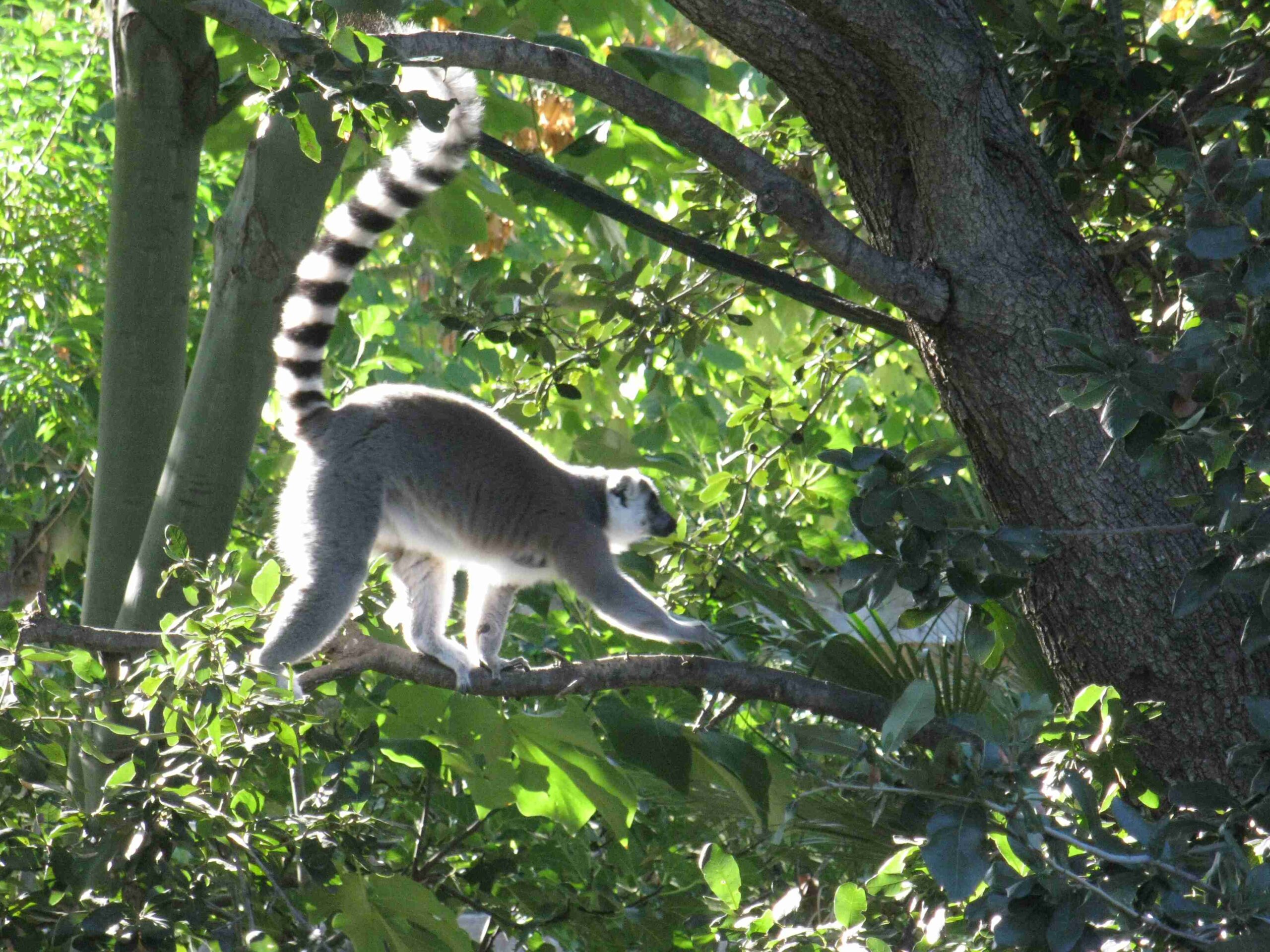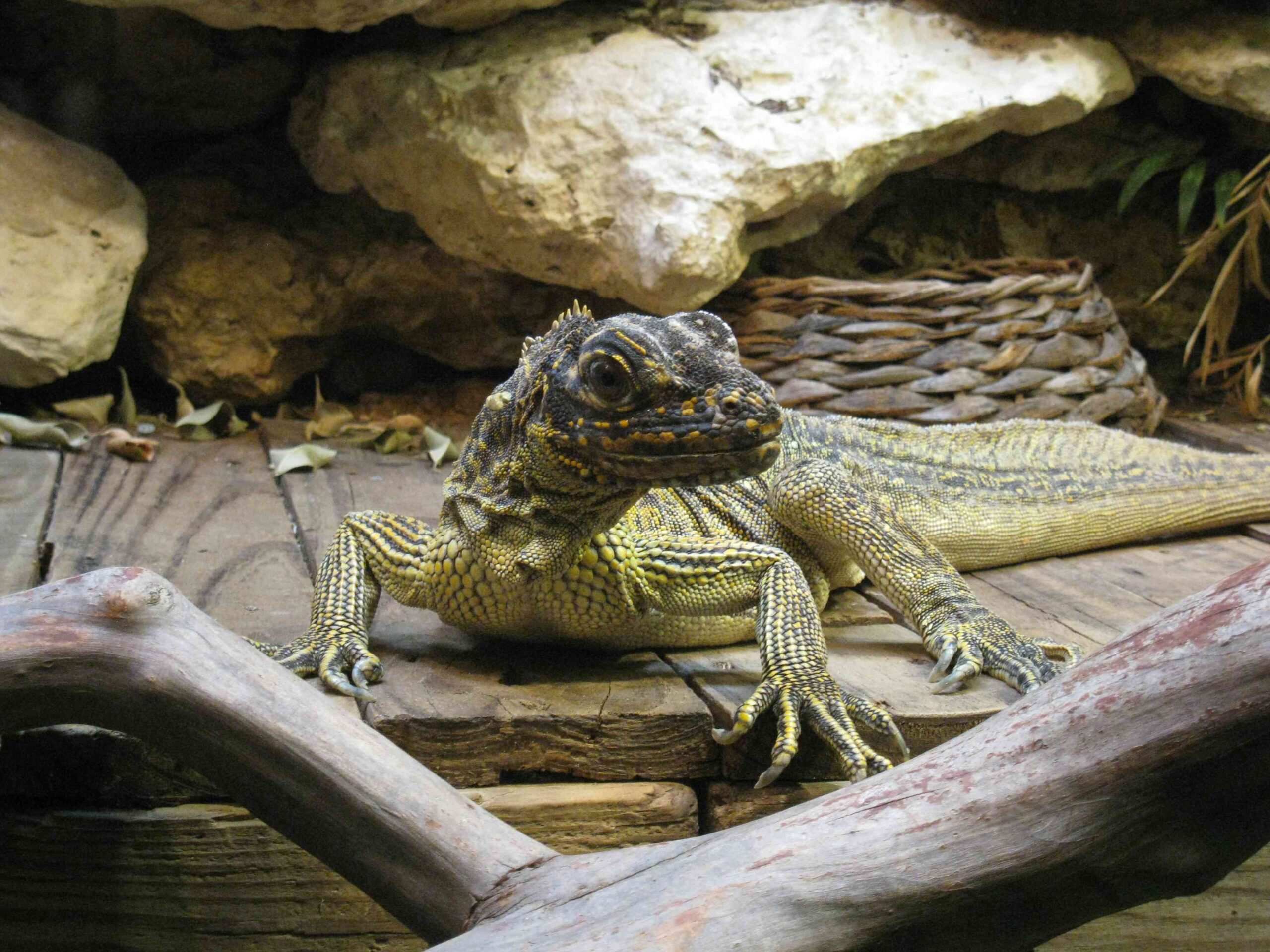The Dallas Zoo flamingo habitat is a meticulously designed space that replicates the natural environment of these iconic pink birds. Featuring expansive shallow pools, mudflats, and carefully selected vegetation, this habitat provides an immersive experience for both the flamingos and zoo visitors. The enclosure is thoughtfully crafted to support the flamingos’ unique behaviors, including their distinctive feeding habits and social interactions, while also offering educational opportunities for guests to learn about these fascinating creatures and their conservation needs.
What Are the Key Features of the Dallas Zoo Flamingo Habitat?

The Dallas Zoo flamingo habitat boasts several key features that make it an ideal home for these elegant birds:
- Spacious shallow pools
- Mudflats for foraging
- Native vegetation
- Nesting areas
- Viewing platforms for visitors
These elements work together to create a comfortable and stimulating environment for the flamingos, while also providing an engaging experience for zoo guests.
How Does the Habitat Design Support Flamingo Behavior?

The habitat’s design is carefully tailored to support natural flamingo behaviors:
- Feeding Areas: Shallow pools with varying depths allow flamingos to engage in their unique filter-feeding behavior.
- Social Spaces: Open areas encourage flock interactions and courtship displays.
- Nesting Sites: Secluded spots with appropriate materials for nest building are provided.
- Water Quality: Advanced filtration systems maintain optimal water conditions for the flamingos’ health.
By mimicking their natural habitat, the Dallas Zoo ensures that the flamingos can exhibit a full range of natural behaviors, promoting their physical and mental well-being.
What Species of Flamingos Can Visitors Expect to See?
While specific information about the Dallas Zoo’s flamingo species is not provided, many zoos typically house a variety of flamingo species. Visitors might encounter:
| Species | Scientific Name | Notable Characteristics |
|---|---|---|
| Greater Flamingo | Phoenicopterus roseus | Largest flamingo species, pale pink plumage |
| Lesser Flamingo | Phoenicopterus minor | Smallest flamingo, vibrant pink coloration |
| Chilean Flamingo | Phoenicopterus chilensis | Grayish legs with pink joints |
| Caribbean Flamingo | Phoenicopterus ruber | Bright pink to red plumage |
Each species has unique traits and adaptations, offering visitors a diverse and educational experience.
How Does the Habitat Enhance Visitor Experience?
The Dallas Zoo flamingo habitat is designed to provide an engaging and educational experience for visitors:
- Multiple Viewing Angles: Strategically placed observation points allow guests to see flamingos from various perspectives.
- Informative Signage: Educational panels provide insights into flamingo biology, behavior, and conservation efforts.
- Interactive Elements: Possible feeding demonstrations or keeper talks enhance visitor understanding.
- Photography Opportunities: Well-designed backdrops and lighting create perfect photo spots for visitors.
These features ensure that visitors not only enjoy watching the flamingos but also leave with a deeper appreciation for these remarkable birds.
What Conservation Efforts Are Highlighted in the Habitat?
The Dallas Zoo likely uses the flamingo habitat to showcase important conservation messages:
- Habitat Protection: Information about the threats to flamingo habitats in the wild and efforts to protect them.
- Breeding Programs: Details on zoo-based breeding programs that support wild populations.
- Climate Change Impact: Education on how climate change affects flamingo habitats and populations.
- Sustainable Practices: Examples of how visitors can contribute to conservation efforts in their daily lives.
By highlighting these efforts, the zoo encourages visitors to become active participants in wildlife conservation.
How Does the Habitat Contribute to Research and Education?
The flamingo habitat at the Dallas Zoo likely serves as a valuable resource for research and education:
- Behavioral Studies: Researchers can observe and document flamingo social dynamics and breeding behaviors.
- Nutritional Research: The habitat may be used to study optimal diets for flamingos in captivity.
- Educational Programs: School groups and zoo camps can use the habitat for hands-on learning experiences.
- Public Awareness: The habitat serves as a platform to raise awareness about flamingo conservation issues.
These research and educational initiatives contribute to the broader understanding and protection of flamingos worldwide.
What Amenities Are Available Near the Flamingo Habitat?
To enhance the visitor experience, the Dallas Zoo likely provides various amenities near the flamingo habitat:
- Shaded seating areas for comfortable viewing
- Nearby restroom facilities
- Water fountains and refreshment stands
- Gift shop with flamingo-themed souvenirs
- Accessible pathways for strollers and wheelchairs
These amenities ensure that visitors can enjoy their time at the flamingo habitat comfortably and conveniently.
How Does the Habitat Change Throughout the Seasons?
The flamingo habitat at the Dallas Zoo may undergo seasonal changes to accommodate the birds’ needs:
- Spring: Increased nesting materials and privacy screens for breeding season
- Summer: Additional shade structures and misting systems for heat management
- Fall: Adjustments to feeding schedules and diet to prepare for cooler months
- Winter: Heated areas and wind barriers to protect flamingos from cold weather
These seasonal adaptations ensure the flamingos remain comfortable and healthy year-round, while also providing visitors with unique experiences during different times of the year.
By creating a dynamic and thoughtfully designed habitat, the Dallas Zoo offers both its flamingo residents and human visitors an exceptional experience that combines education, conservation, and entertainment.
